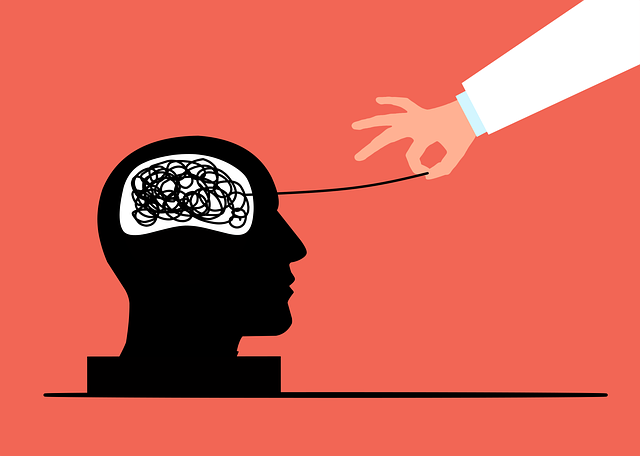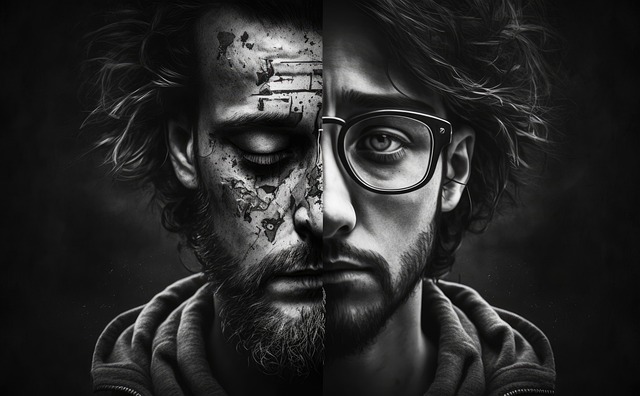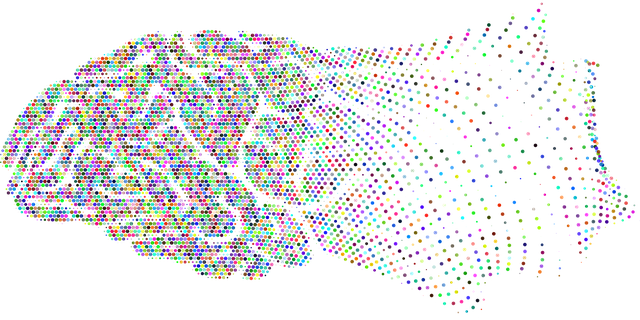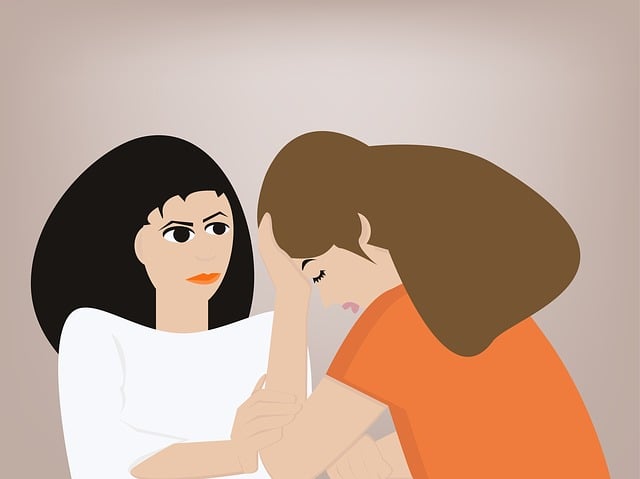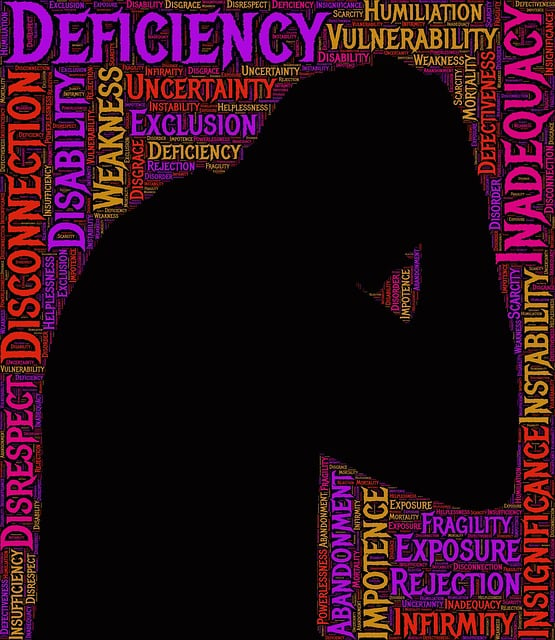Media representations greatly impact public understanding of mental health, with accurate and compassionate portrayals fostering awareness, reducing stigma, and encouraging support-seeking behaviors. Conversely, inaccurate or stereotypical depictions can perpetuate harm. Greenwood Village Adolescent and Teen Therapy (GVAT) employs a unique, media-focused approach to combat stigma by leveraging film screenings, social media campaigns, and online support groups, empowering teens to share their stories and challenge traditional narratives. Through trauma-informed services, GVAT addresses the root causes of mental health stigma, providing comprehensive support for young individuals.
Mental illness representation in media significantly influences public understanding of mental health. This article explores the impact of media portrayals on mental health awareness, presents strategies for accurate and empathetic depiction in popular culture, and introduces Greenwood Village Adolescent and Teen Therapy as a holistic approach to addressing stigma through media engagement. By integrating evidence-based practices, this therapy model empowers teens while challenging stereotypical media narratives.
- Understanding the Impact of Media Portrayals on Mental Health Awareness
- Strategies for Accurate and Empathic Representation in Popular Culture
- Greenwood Village Adolescent and Teen Therapy: A Holistic Approach to Addressing Stigma through Media Engagement
Understanding the Impact of Media Portrayals on Mental Health Awareness

Media portrayals play a pivotal role in shaping public understanding of mental health issues, significantly influencing attitudes and perceptions held by individuals, including those seeking support at centres like Greenwood Village Adolescent and Teen Therapy. When media depicts mental illness accurately and compassionately, it can foster public awareness campaigns development and reduce the stigma associated with these conditions. Positive representations encourage empathy, promote understanding, and inspire people to seek help without fear of judgment.
However, inaccurate or stereotypical portrayals in movies, TV shows, and news media can perpetuate harmful misconceptions. This may lead to increased anxiety and stress management challenges for individuals struggling with mental health issues. By presenting one-dimensional characters or glorifying certain disorders, the media risks contributing to a culture that further isolates those dealing with mental illness. Therefore, it is crucial to advocate for more authentic and diverse representations in media to foster genuine self-awareness exercises and encourage support-seeking behaviours.
Strategies for Accurate and Empathic Representation in Popular Culture

In recent years, there has been a growing call for more accurate and empathetic representation of mental illness in popular culture. This shift is crucial in challenging the pervasive stigma surrounding mental health issues, as media plays a significant role in shaping societal perceptions. By incorporating nuanced portrayals, storylines can offer a glimpse into the lived experiences of individuals grappling with conditions like depression and anxiety, fostering understanding and empathy among viewers. For instance, Greenwood Village Adolescent and Teen Therapy has led the way in promoting healthy self-care routines for better mental health through media collaborations.
To achieve accurate representation, writers and producers should consult with mental health professionals, ensure cultural sensitivity, and promote recovery narratives rather than focusing solely on illness. Depicting characters’ journeys towards healing, integrating them into everyday life, and showcasing diverse experiences can significantly contribute to stigma reduction efforts. Encouraging open conversations about mental illness in popular culture not only normalizes seeking help but also empowers individuals to take charge of their well-being, potentially preventing future cases of depression or other mental health disorders.
Greenwood Village Adolescent and Teen Therapy: A Holistic Approach to Addressing Stigma through Media Engagement

Greenwood Village Adolescent and Teen Therapy (GVAT) offers a unique and innovative approach to tackling mental illness stigma through media engagement. By utilizing various forms of digital media, GVAT aims to educate and raise awareness about adolescent and teen mental health issues. This holistic therapy involves creative strategies such as film screenings, social media campaigns, and online support groups to foster open conversations and reduce the societal barriers associated with seeking help.
The program empowers young individuals to share their stories, providing a platform for expression and connection. Through these communication strategies, GVAT challenges traditional narratives surrounding mental illness, promoting empathy and understanding. By addressing the root causes of stigma, such as misinformation and fear, the therapy sessions facilitate trauma support services and encourage proactive mental health policy analysis and advocacy among adolescents and teens.
Media plays a pivotal role in shaping societal perceptions of mental illness, and accurate representation is crucial for fostering understanding and reducing stigma. By implementing strategies that promote empathy and challenge stereotypes, popular culture can contribute to more holistic discussions about mental health. Greenwood Village Adolescent and Teen Therapy serves as an excellent example, demonstrating how media engagement can be a powerful tool in addressing mental health challenges head-on. Through these efforts, we can work towards a more inclusive and supportive society where individuals struggling with mental illness feel seen, heard, and empowered to seek the help they need.
